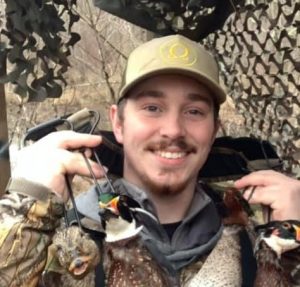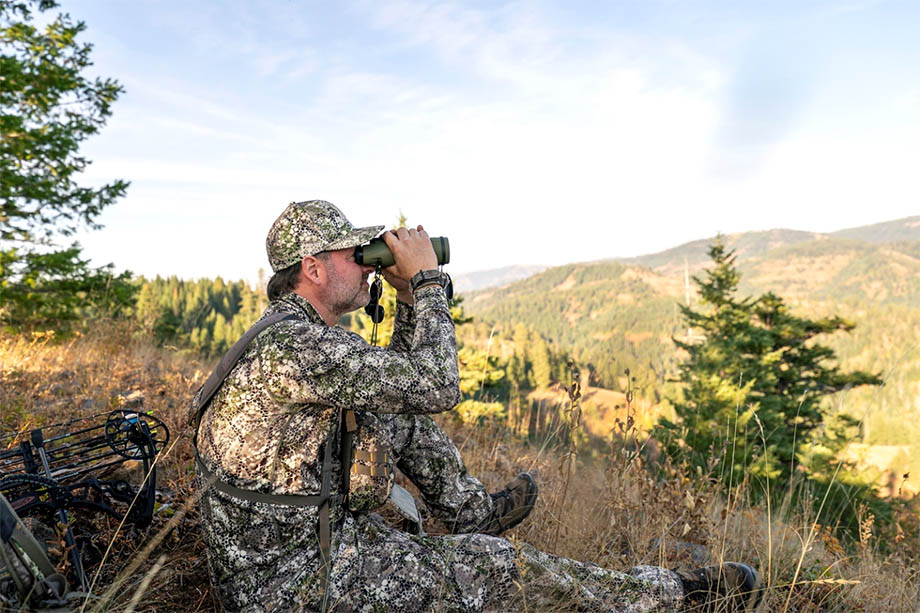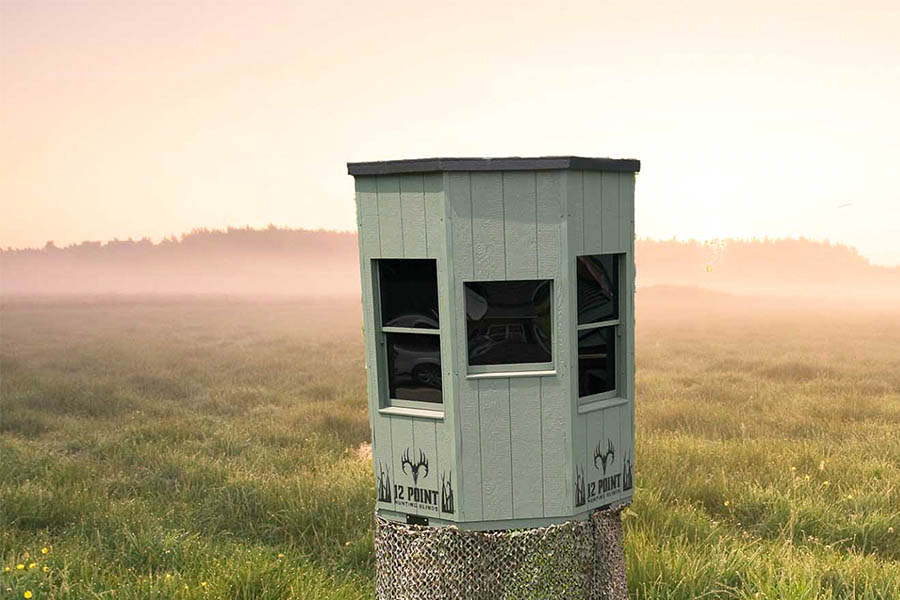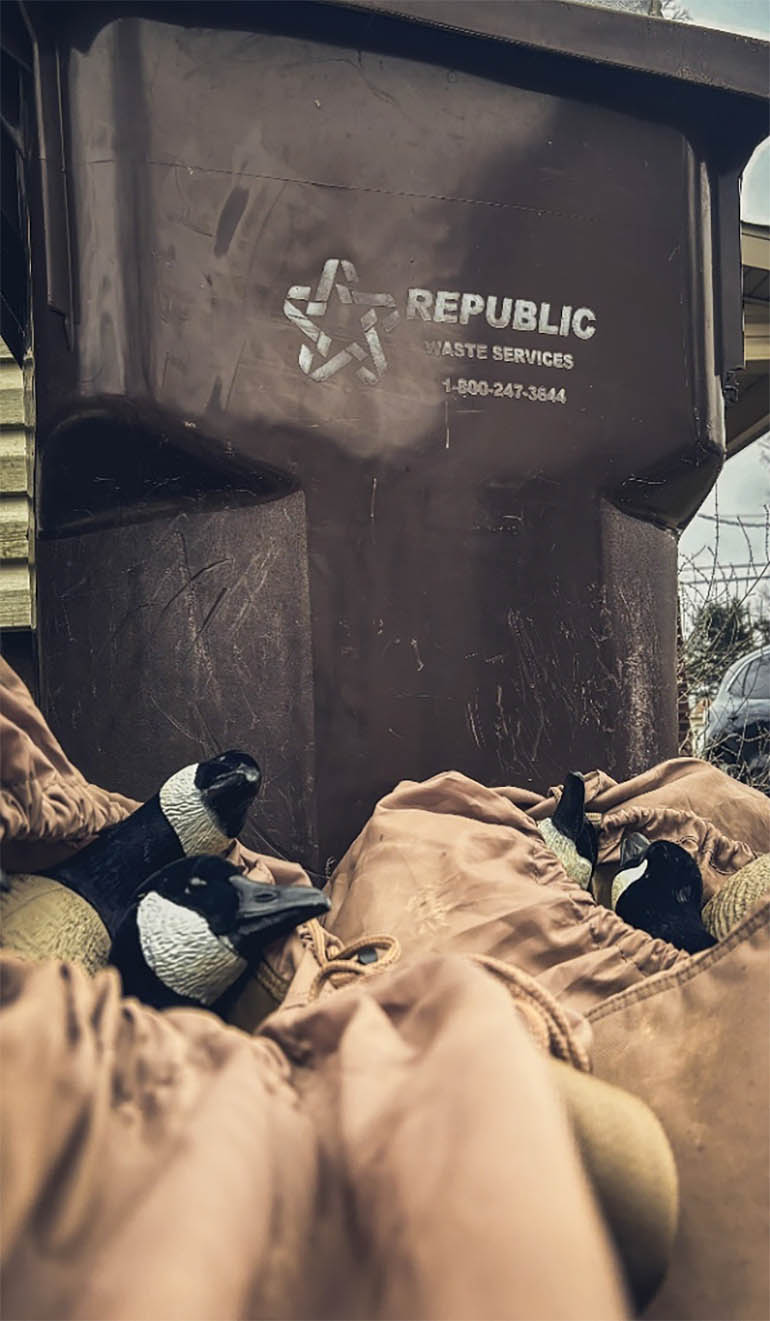How To Bring Turkeys into Bow Range
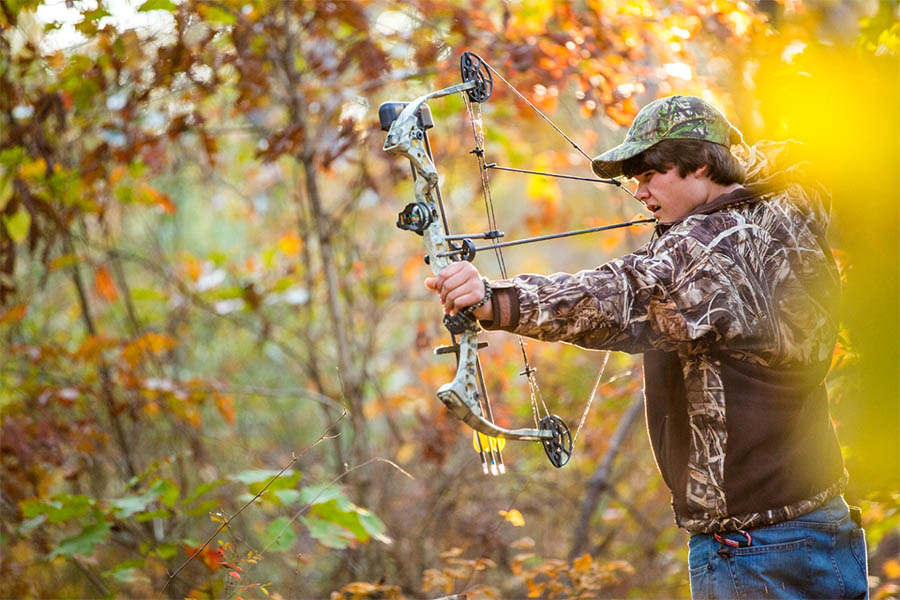
While most hunters target turkeys with a shotgun, some chase these wily birds with a bow. Using a bow certainly adds more challenges to the hunt. One of the biggest challenges is getting the turkey in close enough for the shot and the other is actually drawing back the bow without getting caught by the turkey’s keen eyesight. For some hunters, harvesting a turkey with a bow is the epitome of bow hunting.
You can bring a turkey into bow range by properly placing lifelike decoys, using a realistic calling technique, and using a ground blind to hide movement. Additionally, scouting and knowing where the turkeys are going to be and when they are going to be there can pay big dividends.

Calling, using decoys, and hiding movement by wearing camouflage or the use of a ground blind is paramount to bow-hunting turkey success. With practice, you will be able to regularly bring turkeys within bow range. Throughout the rest of the article, we will discuss what a good bow range for turkeys is, hunting setups and calling, and tricks you can use to get the turkeys in close and positioned for a shot.
Bow Range and Shot Placement for Turkeys
Bow hunting for turkeys can be incredibly rewarding and there is plenty of gear to help you harvest a bird, but to be successful you also must understand where a turkey’s vitals are located and shot placement, and your effective bow range. Your effective bow range is going to determine how close you need to bring a turkey before you can take a shot.

A turkey’s body shape and anatomy are quite different from ungulates like a deer or elk. Because of the unfamiliar body shape, many hunters wishing to harvest their first turkey with a bow are unsure about shot placement. Additionally, a turkey’s vitals are only roughly the size of a grapefruit, much smaller than a deer’s vital zone.
To find out your bow range for turkeys and how close you will need to call them in, draw a 4-inch diameter circle on a paper plate and place it on your archery target. If you shoot a lot, you will have a good idea of what range to start out at. If not, start at 20 yards and shoot a handful of arrows at the 4-inch diameter circle. Do this and move forward or back as needed to find your effective bow range for turkeys.
That said, keep in mind that turkeys rarely stand still for very long. For this reason, I don’t recommend taking long-range shots at turkeys even if you are proficient on the range.
If a turkey is standing broadside to you then you want to aim for where the wing joins the body. This will place your arrow through the vitals and hopefully break at least one wing to prevent the bird from flying off before it perishes.
Archery Turkey Hunting Setups
Now that you know what your effective bow range is for turkeys, let’s move on to the hunting setup. Turkey hunting setups for archery hunts are not much different than for a shotgun. The biggest difference with a bow is that you have to make a pretty big movement to draw a bow and turkeys are great at catching movement. Therefore, if you are using archery equipment to hunt turkeys, I recommend doing so from a ground blind.
Camouflage and Box Blinds
Turkeys have incredible eyesight and it’s always a good idea to wear camouflage or, if you hunt in blind, dark clothing. Totally black clothing is best. When turkey hunting with a bow you should wear a face mask and if you’re not in a ground blind, try wearing a leafy ghillie suit to help hide any movement.

If you need a new blind, you may as well get something that will last. A solid box blind like Stoltzfus Structures ‘Big Tom’ 6×6 is perfect, and it is made specifically for turkey hunting. It has 8-fold down windows for 360-degree vision, and it is built to last. If you hunt the same areas year after year, a box blind like this will become part of the landscape, and after you brush it in, the turkeys won’t even notice it’s there. The biggest advantage to a ground blind is that it will hide your movement and if you are sitting back from the window and don’t have any windows open behind you, you will be practically invisible to the turkey.
Before you set up your box blind for the first time be sure you scout before the season and figure out where the turkeys are hanging out most often. Look for feeding areas and strut zones. The strut zones are often given away by feathers and wing marks in the dirt or sand. These areas are also typically found in openings like small meadows or field edges.
Turkey Decoys

One of the most important pieces of gear you need to bring a big strutting tom into bow range is a turkey decoy. There are many different styles of decoys including tom, jake, and hen decoys. A classic setup is two hen decoys with a strutting tom decoy. When using a tom decoy try facing it toward you or away from where you believe the turkey will come from.
The reason for this is that a tom will often “face off” or fight with your decoy. When doing so, a tom will often want to confront the intruder face to face. This means that as the turkey comes in and faces your decoy, its back will be towards you creating the perfect opportunity for you to draw your bow and take a shot.
If you are using multiple decoys, a trick that you can try to use is to face all of the decoys toward you or away from where you believe the turkeys will come from. This will make the turkeys believe that the flock is walking away from them, and it may help keep the birds from hanging up just outside of range.
Lastly, consider placing one decoy at the range you want to take a shot at. For folks who want to take a shot at 15 or 20 yards or closer, you could try setting up a hen decoy at your maximum range. For those that are willing and capable of shooting further, you could place a stick, rock, or find some other method of marking specific ranges. This way you can have your decoys at your preferred range and still know where your maximum range is if a bird hangs up. This method will eliminate the need to use a rangefinder when a turkey is in close, help to reduce movement and decrease the time it will take to make a shot.
Calling Turkeys

Calling turkeys can work extremely well, especially with birds that aren’t receiving a lot of other hunting pressure. If you hunt alone, calling turkeys by yourself can prove to be a challenge. If you’re archery hunting turkeys, it’s best to do it with a partner. That way one of you can focus on calling and the other can prepare for the shot.
If you hunt turkeys alone like I often do, then you should learn how to use a diaphragm call. Diaphragm calls are a type of mouth call, and they allow you to call while keeping both hands free for the shot. Additionally, you don’t have to make any movement with your hands or arms while using them, which reduces the chance of being spotted.
The actual act of calling a turkey into bow range isn’t much different than calling one into shotgun range. The biggest difference is that you will likely have to call them in closer so you will have to try to keep the turkey from “hanging up” just outside of your bow range.
My preferred method to do this is to use a combination of decoys and calling. As we discussed above, I face the decoys away from where the birds are likely to come from and then use soft purrs and yelps to try to sound like a content flock. You want the bird to be at ease when it is coming in.
Parting Shot
Archery hunting turkeys can be tricky but using a few proven techniques will definitely increase your odds! The challenge of harvesting a turkey with archery gear can be addicting and once you do it successfully once you may never go back to hunting the wily birds with a shotgun.

Remember to be safe and take the necessary precautions especially when using strutting tom decoys to bring the birds in close. You should also take plenty of time to practice with your bow and ensure that you can hit a small target every time. I hope you learned a technique or two that will help you harvest your first archery bird! Good luck!


